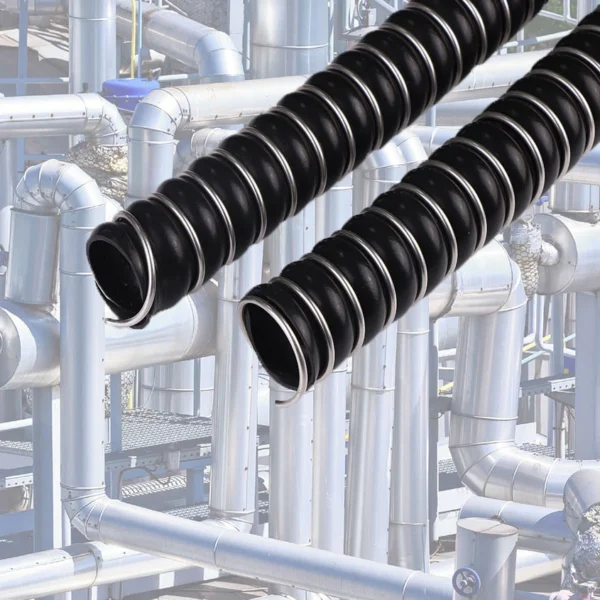Introduction: Why PTFE Matters in Modern Robotics
Custom PTFE parts have become indispensable in robotics and automation due to their unique chemical resistance, low friction, and thermal stability. This guide explores practical strategies for designing PTFE bearings, seals, and robotics polymers that meet demanding industrial requirements while aligning with Google’s E-E-A-T (Expertise, Authoritativeness, Trustworthiness) framework.
1. Key Properties of PTFE for Automation Applications
PTFE (polytetrafluoroethylene) outperforms standard robotics polymers in critical scenarios.
1.1 Chemical Resistance & Thermal Stability
PTFE maintains functionality in temperatures ranging from -328°F to 500°F (-200°C to 260°C)[1], making it ideal for:
- Chemical processing robots
- High-temperature automation systems
| Property | PTFE | Nylon | PEEK |
|---|---|---|---|
| Max Temp Resistance | 260°C | 120°C | 250°C |
| Friction Coefficient | 0.04-0.10 | 0.15-0.25 | 0.30-0.40 |
| Chemical Resistance | Excellent | Moderate | High |
1.2 Customization Opportunities
Tailor teflon bearings and seals using:
- Glass/molybdenum disulfide fillers for enhanced wear resistance
- Conductive additives for ESD-sensitive environments
2. Design Considerations for Custom PTFE Parts
2.1 Load Capacity Optimization
PTFE bearings for automation require precise calculations:
Load (N) = (Allowable Pressure) x (Bearing Surface Area)
Typical pressure limits: 0.7-3.5 MPa (unfilled PTFE) to 14 MPa (filled compounds)[2] 2.2 Geometric Complexity
CNC machining enables:
- ±0.005 mm tolerance on teflon bearing bores
- Custom grooves for lubrication retention
3. Industry-Specific Applications
3.1 Food Processing Robots
FDA-compliant custom teflon parts prevent contamination in:
- Pick-and-place grippers
- Conveyor system bearings
3.2 Semiconductor Manufacturing
Ultra-clean PTFE components with:
- <0.1 µm particle generation
- Ionic contamination <1 µg/cm²
4. Supplier Selection Criteria
Evaluate PTFE component manufacturers using:
| Factor | Ideal Specification | Verification Method |
|---|---|---|
| Material Certification | ISO 10993 (biocompatibility) | Third-party test reports |
| Dimensional Accuracy | IT Grade 7 | CMM inspection records |
| Lead Time | ≤4 weeks for prototypes | Production schedule audit |
5. Maintenance Best Practices
Extend PTFE bearing lifespan through:
- Monthly inspection of wear patterns
- Annual lubrication replenishment (food-grade silicone recommended)
- Replacement at 0.5 mm wear depth threshold
FAQ: Custom PTFE Components
Q: How does PTFE compare to UHMWPE for robotic joints?
A: While UHMWPE offers better impact resistance, PTFE provides superior chemical stability in harsh environments.
Q: What’s the minimum order quantity for custom teflon parts?
A: Prototype batches start at 50 units, with per-piece costs decreasing by 40-60% at 1,000+ quantities.
Conclusion & Next Steps
To implement custom PTFE parts effectively:
- Conduct chemical exposure analysis
- Prototype with 3D-printed PTFE composites
- Partner with ISO 9001-certified manufacturers
[1] Chemours™ Teflon® Industrial Design Guide 2024
[2] ASM Handbook Volume 21: Composites (2023 Edition)
Teflon X PTFE Hose – Corrugated Flexible Pipe for Machinery
Teflon X PTFE hoses provide unmatched flexibility and strength for machinery, chemical, and digital hardware industries. These corrugated flexible pipes feature a smoother inner wall for improved fluid flow and easy CIP/SIP cleaning. Reinforced for vacuum and high-pressure resistance, this black corrugated hose adapts to custom needs.



